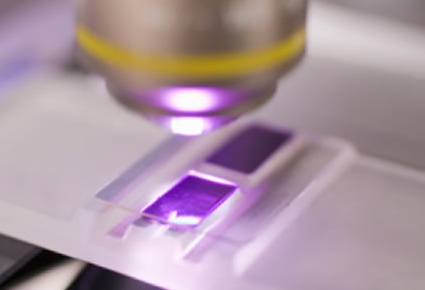Via Scoop.it – ALS Lou Gehrig’s Disease
Researchers first associated mutations in the SOD1 gene with familial ALS in 1993, one of the first times that a specific gene had been associated with the illness. Since this discovery nearly twenty years ago, scientists have been hard at work trying to figure out exactly how changes in the SOD1 protein can lead to ALS. Two new studies published in the Proceedings of the National Academy of Sciences by Packard scientists in March have revealed some important clues in the relationship between SOD1 and ALS. Only a small percentage of ALS patients carry an inherited mutation in SOD1, yet some studies revealed that the SOD1 protein doesn’t work properly even in sporadic ALS patients without a known mutation in the gene. Packard Center Science Director Piera Pasinelli showed that SOD1 is over-oxidized in certain disease-fighting white blood cells in sporadic ALS patients with bulbar onset. When further stressed, this over-oxidized SOD1 acquires toxic properties similar to those seen in mutant SOD1, linking mechanisms of toxicity between a subset of sporadic and familial patients respectively. In a separate study, Packard researchers Jonathan Glass, a neuroscientist at Emory University in Atlanta, and Jean Pierre Julien, a neuroscientist at Laval University in Quebec, developed antibodies to recognize misfolded SOD1 in motor neurons in familial ALS patients. Although mutant SOD1 is found in every cell in the body, the antibodies only recognized the misfolded SOD1 in dying motor neurons. This indicates, Glass said, that specific changes are happening to SOD1 in motor neurons during the course of disease.“We still don’t know the cause of ALS. We know that a mutation in certain genes is associated with ALS, but we don’t know why these mutations kill cells,” Glass said. These studies are helping researchers figure out this association.
